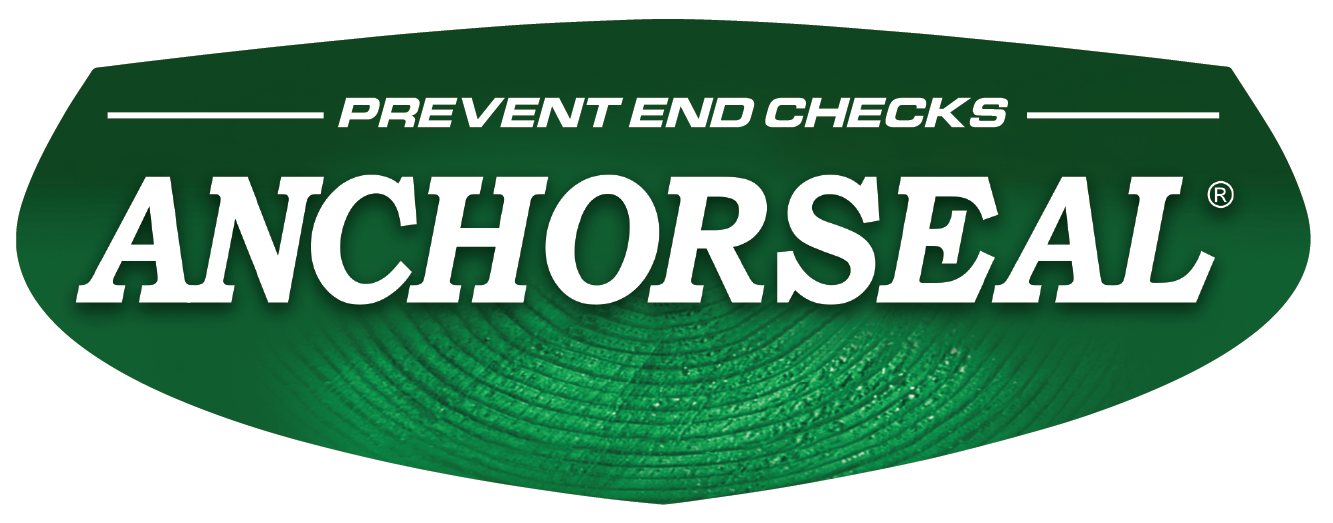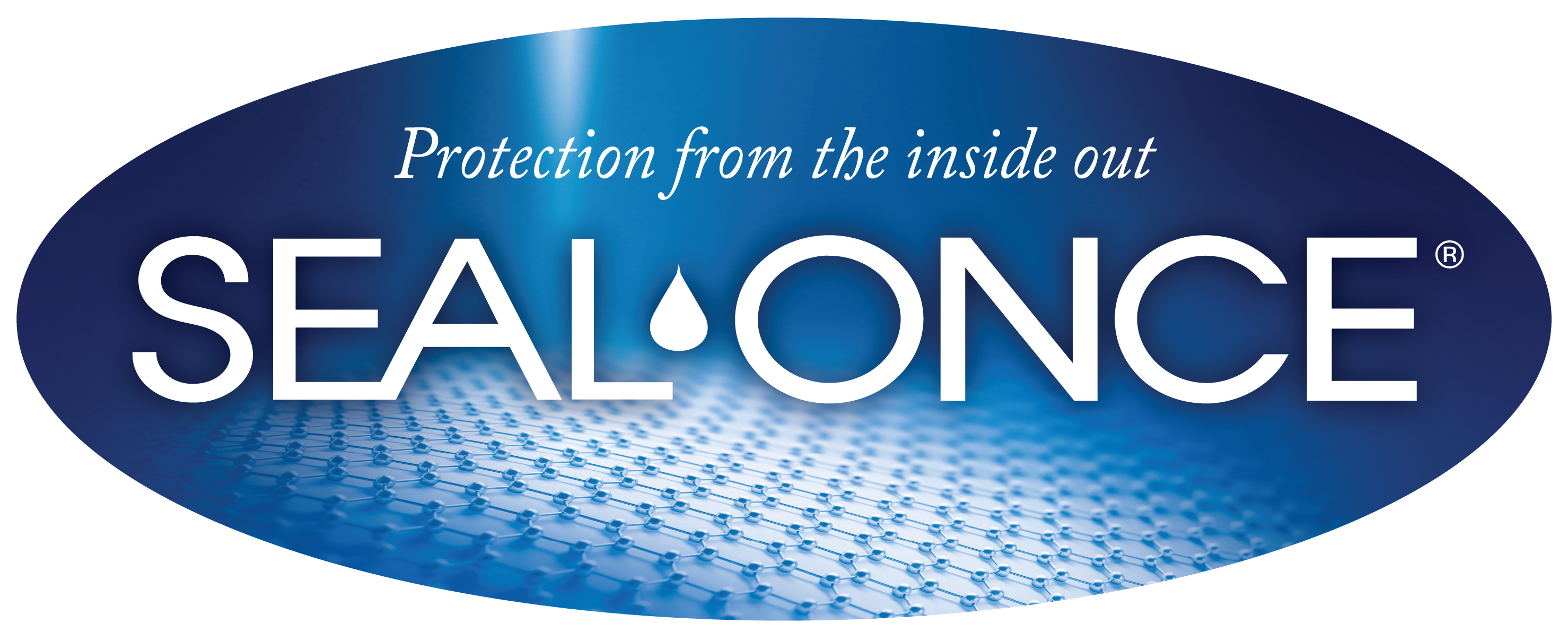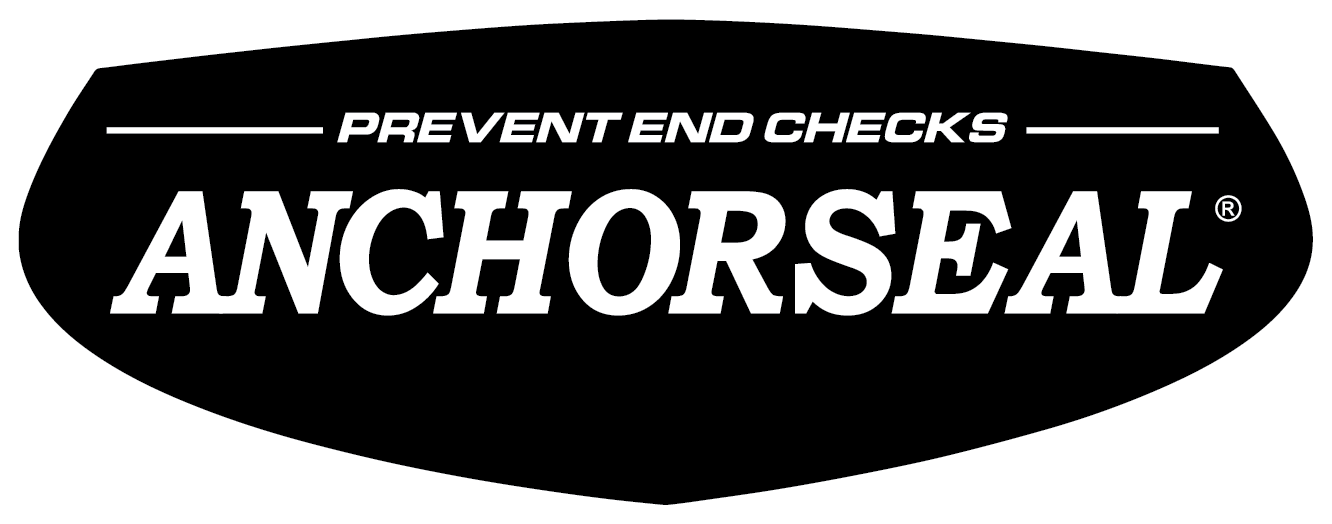If you’re new to epoxy or if it’s been a while since your last encounter with this versatile material, there are several things you can do ensure that your experience is a positive one. First and foremost, READ THE INSTRUCTIONS!! You can avoid many common mistakes by simply taking the time to carefully read the manufacturer’s directions. Resist the urge to make assumptions about epoxy products! Taking a few minutes to familiarize yourself with the product can save a great deal of time in the long run and eliminate unnecessary frustration with the things that could potentially go wrong.
Epoxy Mistake #1: Improper Mixing
Many epoxies are sold as two-component products and must be mixed prior to application. Mixing mistakes can lead to the epoxy hardening too quickly, too slowly or in the worst cases, not at all. The mixing ratio can vary and the instructions may specify to mix “by-weight” or “by-volume”. Following the manufacturer’s guidelines will ensure that the product cures in the manner in which it is meant to.
Mixing a proper quantity is important as well. The amount of material mixed may have an effect on the pot-life of the product. Mixing a batch that is too large can generate a great deal of heat, causing the product to harden too quickly. Failing to mix enough can prevent a proper chemical reaction from taking place, significantly slowing down the curing process or stopping it altogether.
Thoroughly combining the epoxy components is essential. Some epoxy products feature two different colored components allowing for easy recognition of complete mixing. In these cases, the product should be a completely uniform color before being applied.

If you look closely you can see colored streaks of part A and part B. This product is NOT properly mixed.
Epoxy Mistake #2: Choosing the Wrong Product
The versatility of epoxy products is incredible. They can be used as bonding agents, structural fillers, paints and coatings, encapsulants for electronics, and molding and casting compounds, among other things. Be sure to select the proper product for your project because they are not necessarily interchangeable. The best products are designed to have features that coordinate with specific projects. If you’re unsure about the right product to use, contact the manufacturer and solicit a recommendation. Abatron’s customer service can be reached at 800-445-1754.

Don’t use a concrete patching epoxy for repairs to your wood windows.
Epoxy Mistake #3: Ignoring the Weather
When working with epoxy, consider the temperature. Most epoxies have an application temperature range in which the products will cure correctly. For example, Abatron’s wood repair products, LiquidWood® and WoodEpox®, have a suggested application temperature range of 50-90° F. Applying products outside of the suggested range can lead to extremely long or short curing times or overall product failures.
For exterior applications, keeping epoxies dry is another important consideration. Moisture in general (including humidity) can slow down or stop proper curing. If rain is expected, you’re probably better off saving your outdoor project for another time.

Probably best to wait for a nicer day (if possible).
Epoxy Mistake #4: Improper Storage
This one is simple: keep the lids on tightly and store epoxies someplace warm when they’re not being used (60-75° F). With temperature fluctuations, epoxies can undergo a process commonly referred to as crystallization. The process solidifies and stiffens the liquid molecules of epoxy resins making them hard and dense. This process increases with exposure to cold temperature, so keep epoxies inside and warm when they’re not being used.
As a further precaution, solid epoxy putties and fillers can be stored in zip-lock bags in order to limit any exposure to air. If you know it will be a while before the next time you use the product, contact the manufacturer or check the instructions for storage tips.
Epoxy Mistake #5: Skipping Surface Preparation
Surface preparation is necessary for any successful epoxy application. Surfaces should be clean, dry and free of grease, oil dirt and debris prior to product application. In some cases, scuffing the surface by sanding or grinding may be advised to promote a better bond. Select products can be used on damp or wet surfaces, but make sure that this is stated in the product’s instructions. Skipping this step can lead to bonding issues or delamination over time.

Preparing the surface is vital for success!
Abatron manufactures hundreds of epoxy products for countless applications. Specific instructions are included with each product. Our technical support staff is available Monday-Friday, 8:30 AM - 4:30 PM (EST).













